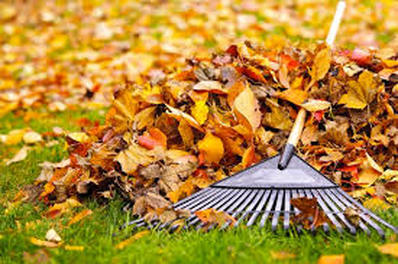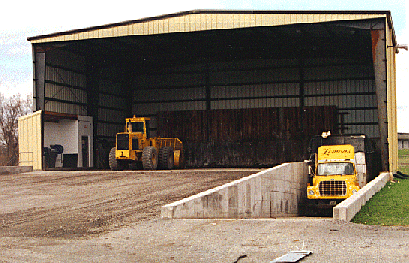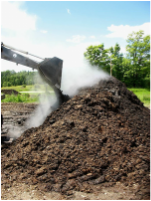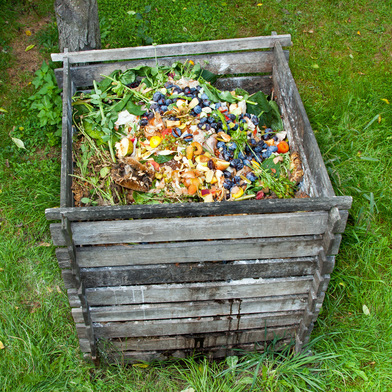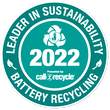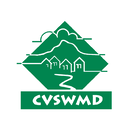What to do with Leaf and Yard Waste
|
View Full list of leaf and yard waste disposal options
What is clean wood and where can I bring it?
Where can I bring my leaf and yard debris?
Transfer StationsAll transfer stations and drop off facilities are required to collect leaf and yard waste. They have been required since July 1, 2015. Inquire at the transfer station you frequent about how to drop them off!
Transfer Stations in Central Vermont. |
Residential Drop Offs
|
Stump Dumps
|
Seasonal CollectionsBarre Town Lawn Waste Site
Holden Road, Barre Town - Open to Barre Town residents:
For more info: Barre Town Manager 802-479-9331 or www.barretown.org |
Manage your leaf and yard waste at home
Residents are encouraged to manage leaf and yard waste at home, where and when it's possible. Leaves, twigs, small branches, grass, and other yard debris can be managed with minimal input. The humus and organic material created from the decomposition of these materials is beneficial for soil health and landscape fertility.
You can let leaves, sticks, stumps and other yard debris rot in a pile where they are, out of the way. Leaves and wood chips can also be used to mulch a garden or insulate your garlic or carrots while they wait in the cold ground until the spring thaw returns. Some people over fallen leaves on their land, finding they shred with a few passes, rot and fertilize the lawn.
Dry leaves and yard debris are excellent sources of carbon rich materials for your home compost pile. These materials are sometimes referred to as "browns" or "drys." In a compost pile the ideal ratio is 1 pt. "greens" or "wets," which are food scraps, wet grass, and some manures, to 3 pts. "browns." Browns include straw, hay, leaves, dry grass, shredded paper, paper napkins, wood chips, wood shavings, and other similar materials. If you compost your food scraps at home, add leaf and yard debris straight to the pile to help reach a good browns:greens ratio. Explore here for more information about backyard composting.
Dirt on Composting Booklet
More on Leaf and Yard Waste Management
You can let leaves, sticks, stumps and other yard debris rot in a pile where they are, out of the way. Leaves and wood chips can also be used to mulch a garden or insulate your garlic or carrots while they wait in the cold ground until the spring thaw returns. Some people over fallen leaves on their land, finding they shred with a few passes, rot and fertilize the lawn.
Dry leaves and yard debris are excellent sources of carbon rich materials for your home compost pile. These materials are sometimes referred to as "browns" or "drys." In a compost pile the ideal ratio is 1 pt. "greens" or "wets," which are food scraps, wet grass, and some manures, to 3 pts. "browns." Browns include straw, hay, leaves, dry grass, shredded paper, paper napkins, wood chips, wood shavings, and other similar materials. If you compost your food scraps at home, add leaf and yard debris straight to the pile to help reach a good browns:greens ratio. Explore here for more information about backyard composting.
Dirt on Composting Booklet
More on Leaf and Yard Waste Management
